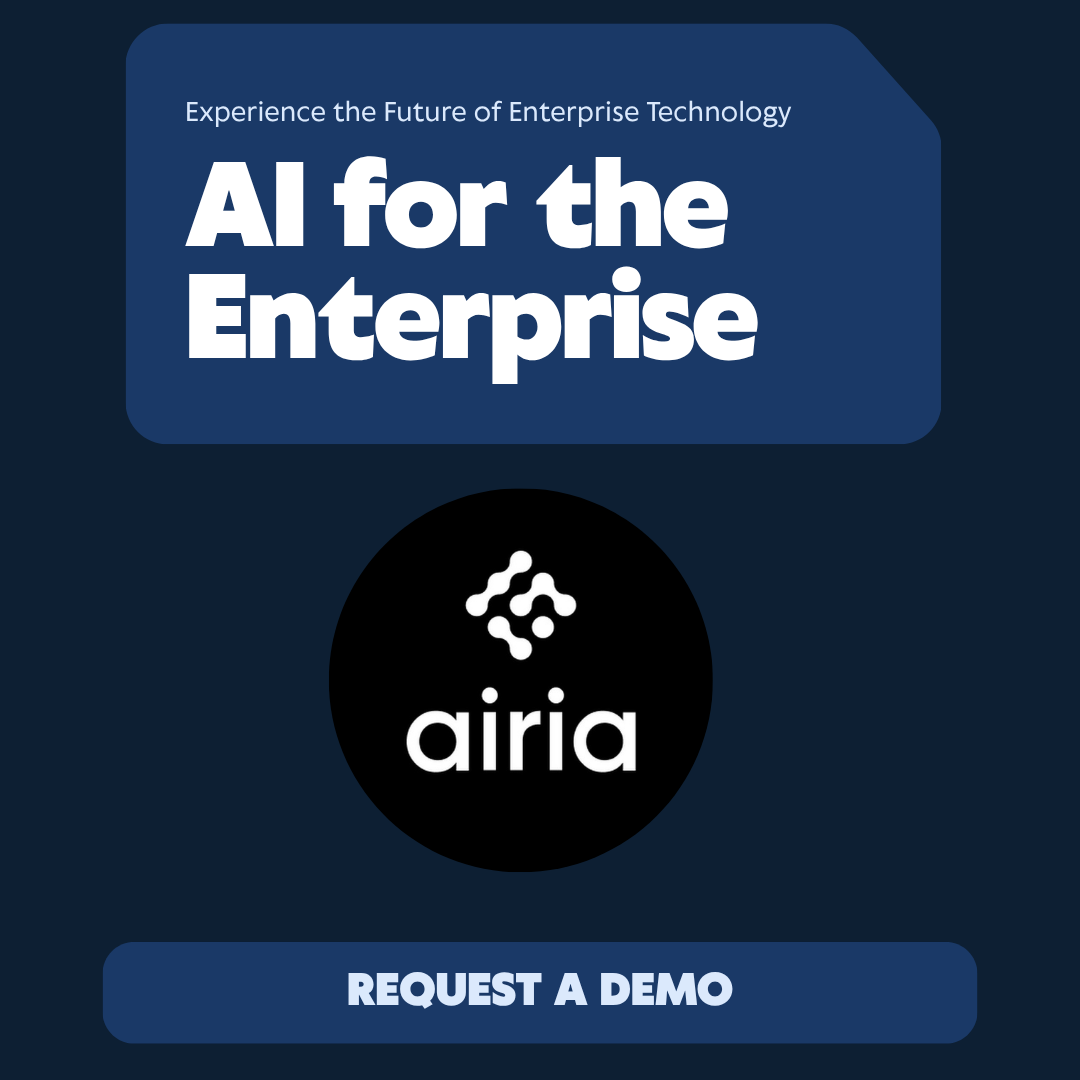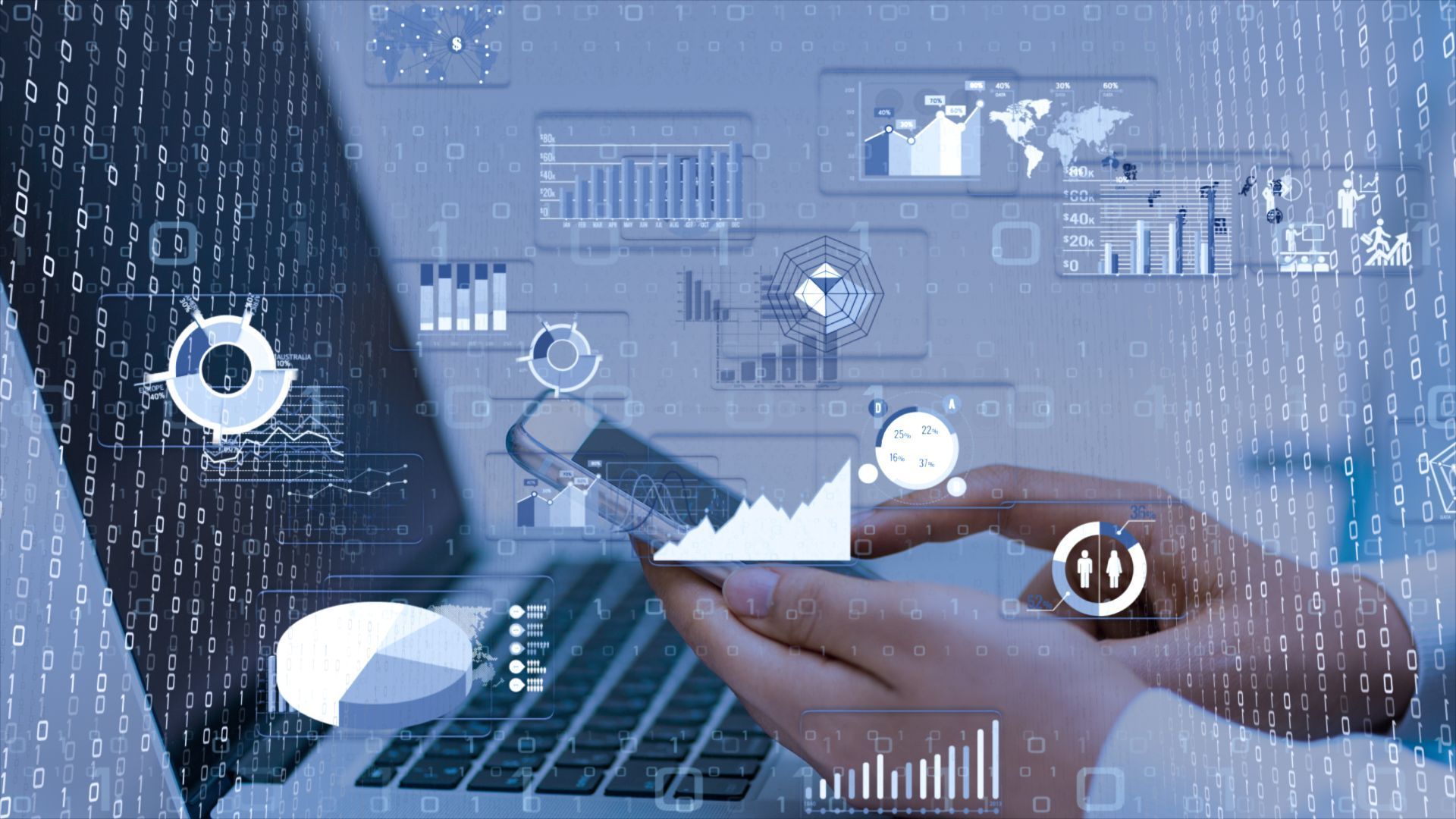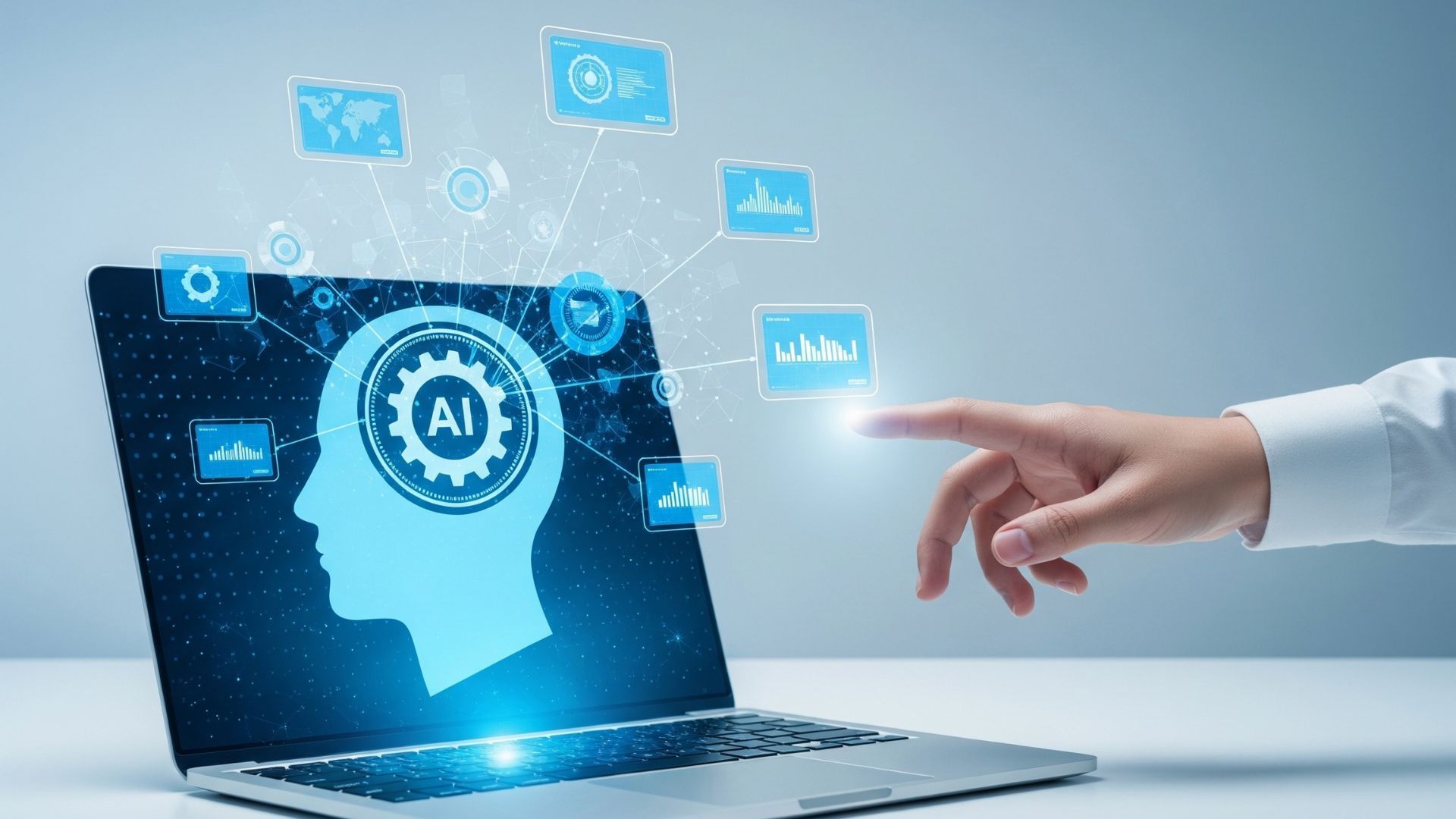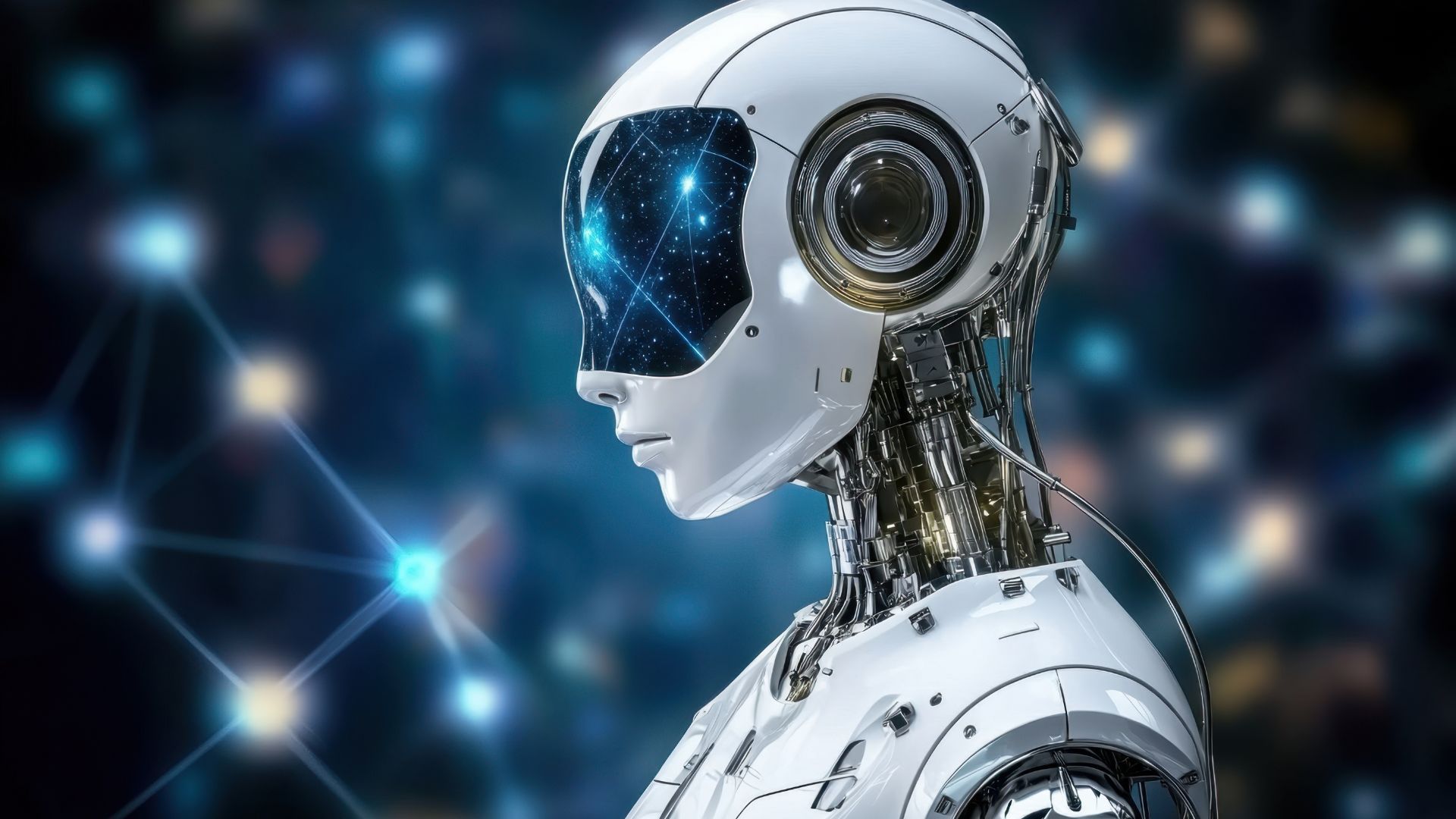Agentic AI: Digital Workers with Initiative
A New Class of
AI Is Here
Artificial intelligence used to wait for instructions.
Today, a new generation of
agentic AI acts on its own initiative.
Unlike traditional chatbots that respond to prompts, these systems—powered by reasoning engines such as
AutoGPT,
Cognosys, and
OpenAI o1-series models—can
set goals,
plan steps,
and execute tasks independently. They don’t just answer questions; they
solve problems.
For business leaders, that shift represents the birth of a new digital workforce.
From Reactive Models to
Autonomous Agents
Typical AI models follow a single-prompt, single-response pattern.
Agentic AI introduces a loop of
reason → act → reflect → improve.
An autonomous agent can:
- Decompose a high-level goal into smaller steps
- Search for the right data or tools to complete each one
- Evaluate its own results and adjust strategy
- Keep learning from feedback without human supervision
In other words, these systems combine
memory,
planning, and
tool-use—the same cognitive pillars that make human work effective.
The Rise of
Digital Workers
Forward-thinking companies are beginning to deploy agentic AI as digital team members.
They’re not replacing humans—they’re extending them.
Examples in action:
- Customer Support Automation: Agents that resolve Tier 1 issues, escalate complex ones, and summarize outcomes for managers.
- Market Research Assistants: Autonomous systems that gather data, analyze competitors, and generate insight reports overnight.
- Back-Office Automation: Finance agents that reconcile transactions, flag anomalies, and draft audit memos.
- Software Agents in DevOps: Bots that monitor infrastructure, deploy patches, and roll back errors automatically.
Instead of managing repetitive clicks, employees manage outcomes.
Supply Chain Secrete Sauce
Free Distribution KPIsCognosys and the
Corporate Sandbox
Platforms such as
Cognosys AI are giving enterprises controlled environments to test autonomous systems safely.
Within these “corporate sandboxes,” agentic workers can perform predefined tasks—analyze a dataset, update a CRM record, draft a proposal—while all actions are logged and auditable.
The result is the best of both worlds: automation with accountability.
Agent vs. Copilot:
What’s the Difference?
- Copilots help you do the work.
- Agents do the work for you.
A Microsoft Copilot still relies on human confirmation before executing actions; an agent can evaluate its own confidence and proceed autonomously within set limits.
As governance frameworks mature, expect a hybrid model:
human-defined goals,
AI-driven execution.
The Economic
Impact
According to McKinsey and Gartner, autonomous agents could add $4 trillion in annual productivity globally by 2030.
Why? Because digital workers scale without fatigue, training costs, or turnover.
Immediate benefits include:
- 24/7 process execution
- Lower cost per task
- Continuous improvement through reinforcement learning
- Rapid knowledge capture for institutional memory
Companies that harness agentic systems early will gain a compounding advantage—every iteration makes the system smarter.
Governance, Risk &
The Human Loop
Autonomy introduces new responsibilities.
Unmonitored agents can act on outdated data, duplicate effort, or make decisions without proper context.
That’s why leaders are adopting AI governance policies that define:
- Approved domains of autonomy
- Escalation thresholds for human review
- Transparent audit trails of agent actions
- Secure access controls to data and systems
The goal isn’t to stop autonomy—it’s to steer it.
Preparing Your Organization for Agentic AI
- Map Repetitive Knowledge Tasks that consume time but require limited judgment.
- Document Processes and Rules so agents have clear boundaries.
- Pilot in a Low-Risk Environment with sandbox permissions.
- Measure Time Saved and Error Reduction before scaling.
- Train Staff to Supervise AI, not just use it—turn employees into AI managers.
Transitioning from assistants to agents is as much about culture as code.
Key Players to Watch
- OpenAI (o1 & o1-mini) – reasoning-capable foundation models
- Cognosys AI – enterprise agentic workflows and sandbox security
- AutoGPT / BabyAGI – open-source experiments in goal-driven AI
- Hugging Face Agents – developer framework for autonomous tools
- Anthropic Claude 3 – context-retaining agentic applications
The Bottom Line
Agentic AI is the next leap in automation—systems that don’t just respond, they reason. By blending autonomy with accountability, these digital workers will redefine productivity across every industry.
For leaders, the question isn’t whether to hire AI agents—it’s how soon you’ll need them on your team.
Gain Your Advantage
Explore how AI agents, automation, and digital workflows are reshaping the future of business.
Subscribe to GAIN Magazine for insights that help you lead smarter in the AI era.















